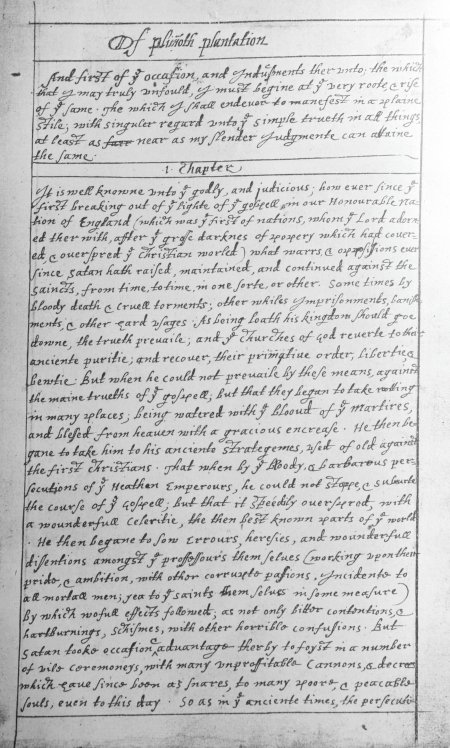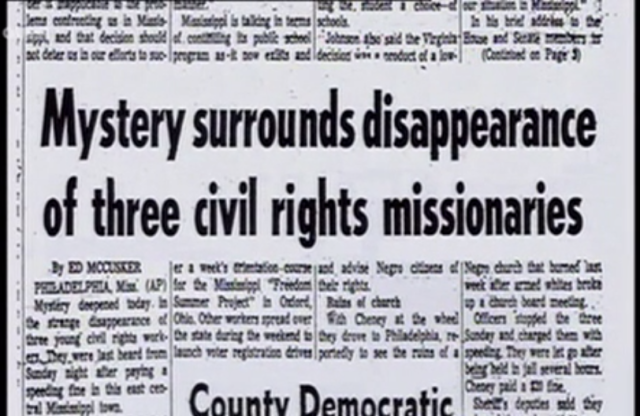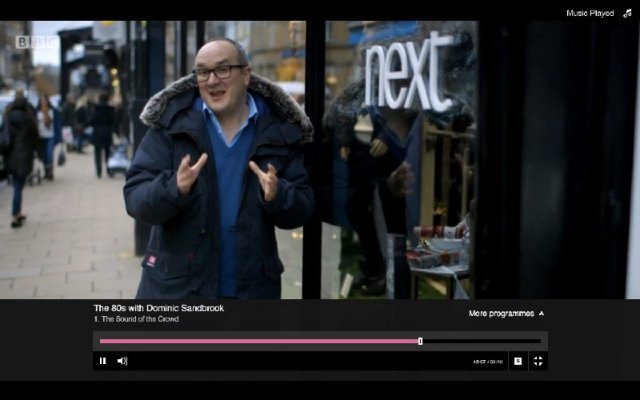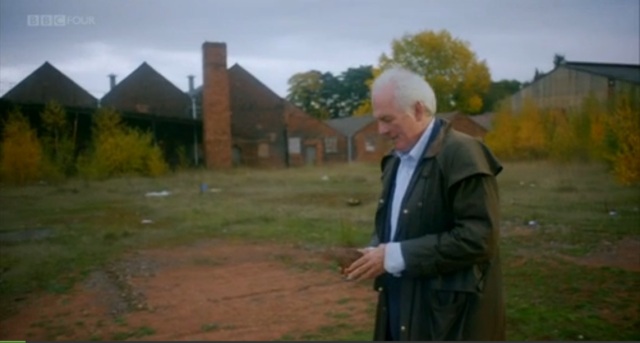First Aired: A series of 5 lectures from 13 June 2017
Genre: Public Lecture
Broadcaster: BBC Radio 4
Producer: Jim Frank
URL: https://learningonscreen.ac.uk/ondemand/index.php/prog/0F0C2FAA?bcast=124363663
Reviewer: Tracey Logan
‘History,’ says the historical novelist Dame Hilary Mantel ‘is what’s left in the sieve when the centuries have run through it’. She reminds us that even those remnants may misinform and mislead. When it is the historian’s job to separate facts about the past from its fictions, what are we to make of a writer who seeks to get closer to historical truth by intentionally making some of it up? Hilary Mantel is the phenomenally successful, double Booker Prize winning and TV-serialised author of the Tudor novels Wolf Hall, Bring Up the Bodies and many other best-sellers. She is this year’s BBC’s Reith Lecturer.

Copyright: BBC Radio 4
For those unfamiliar with the nearly 70 year-old annual strand, Reith Lectures are presented by significant figures with the ability to advance public understanding and debate on current issues. The philosopher, mathematician and Nobel Laureate Bertrand Russel was the first and his six lectures can still be heard on the BBC’s website. They memorialize the contribution of Sir John (later Lord) Reith, the BBC’s first Director General, under whose watch the Corporation set itself ‘to inform, educate, and entertain’. Still today that motto is written, as through a stick of rock, through the core of every BBC programme-maker.
Reith Lectures in their style, though not their substance, hark back to a bygone age of radio ‘talks’. In the five years preceding this, they have been presented by: the philosopher Kwame Anthony Appiah (2016); the physicist Professor Stephen Hawking (2015); the surgeon and writer Dr Atul Gawande (2014); the cross-dressing ceramic artist Grayson Perry (2013); and the historian Niall Ferguson (2012). 2017 is Hilary Mantel’s turn and, in her first Lecture, she explored how a writer combines facts with imagination to give a voice to the dead.
Hilary Mantel is meticulous in her research and surprisingly admits that she only reluctantly makes up parts of her stories, when the records run out. ‘Using the power of informed imagination’, she recently told BBC’s Today programme, ‘the novelist tries to put to the reader some proposals, so we’re not in any sense contradicting the historical record, we’re just looking at bits that are missing … things that can never be known but may be retrieved by conjecture’. So, for example, while Mantel will conjure up a man’s inner torments she will not do so with the colour and pattern of his drawing room wallpaper; someone, somewhere might know about that.
Mantel’s voice does not, at first, seem made for radio and yet her powers as a storyteller allow her to use it to great dramatic effect.[1] Sue Lawley, the former TV news anchor who hosts the Reith lectures, commented on the ‘feeling in the hall as [Mantell] spoke’. I felt it too, as my breathing changed while listening to her, much as a child succumbs to a bedtime story. But I could not suspend disbelief sufficiently to ignore comments in her presentation, including about her Irish great Grandmother’s state of mind, which seem a bit of a stretch. Catherine O’Shea was her ancestor’s name and she was an illiterate mother of ten from Waterford. Catherine, we are told, used to say: ‘The day is the for living, and the night is for the dead.’ Mantel assumes she said that to her children to keep them in order after lights-out. Really? Were they unruly kids? Was she a scary mammy? Were they even rich enough to have electricity and ‘lights out’? Perhaps I seem pedantic; but one thing you learn doing deep research in the archives is that words on the page don’t always have their current meaning. They are situated in the past which, as L. P. Hartley wrote memorably in The Go-Between, ‘is another country; they do things differently there.’[2] Personally, I am unconvinced about historical fiction, though admit this may derive from a fear of doing it accidentally. And yet Mantel’s formidable imagination and creativity, and her power of storytelling are truly an inspiration.

Copyright: BBC Radio 4 / Richard Ansett
There is much concern today about ‘fake news’ and this includes accusations of false findings based on historical evidence – for example predictions of climate change based on ice core data 10,000 years old. Scientists legitimately use creativity and imagination to identify non-obvious data sources to fill gaps in the record. But if they are not there they cannot fill gaps with unverifiable assumptions. Nor can academic historians. But writers of historical fiction can. Is that OK?
Critical thinking and the ability to tell reliable from unreliable sources are increasingly important to inform the democratic debate. Hilary Mantel does her best – with charts and notes at the start of her books – to help us identify her novels’ truths from their fictions. Scrupulous historians identify their sources, but not always their own assumptions, and it will be impossible to listen to this series of Reith Lectures without questioning one’s own commitment, as a historian, to rigorous objectivity and the balance we strike between interpretation and assumption. Credit where credit’s due: academic historians seem to view as impossible the ambition of the 18/19th century German historian Leopold von Ranke, to tell history ‘as it really was’. Hilary Mantel still has that goal in her sights, flooding lacunae with figments of her imagination and constructing her own realities of the past. She believes that by stating up front the fictions, her history is more transparent. I can feel an assessed essay coming on here…
Hilary Mantel would have liked to become a historian, but messed up her university application as a 16 year old. Turning to writing historical fiction she felt a ‘cultural cringe … morally inferior to historians and artistically inferior to real novelists, who could do plots’. But in one notable aspect, her fighting spirit, Hilary Mantel has the stuff of a historian and gives critics as good as she gets. When it was put to her that Professor Niall Ferguson thought it impossible for a 21st century writer to escape modern sensibilities, and that historical novels risk having ‘21st century people wandering around in Tudor costumes’, Mantel was quick with a withering response and had the Reith Lectures audience with her. The problem is, she mused, that ‘when historians… speak along those lines, they are often speaking out of the defects and constraints of their own imagination’. She got a laugh for that. But who is right? Hopefully, by the end of Hilary Mantel’s four remaining Reith Lectures, I’ll have made my mind up.
Tracey Logan is a PhD student at the University of Leicester’s Centre for Urban History and an award winning BBC Radio Science reporter. Follow Tracey on twitter here.
[1] For those who would emulate her, Hilary Mantel lectured at 140 words per minute.
[2] L. P. Hartley, The Go-Between (Hamish Hamilton, UK, 1953).














